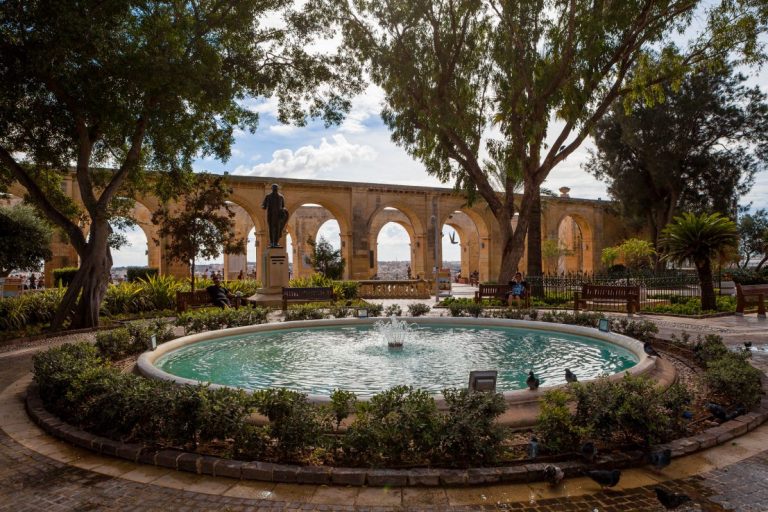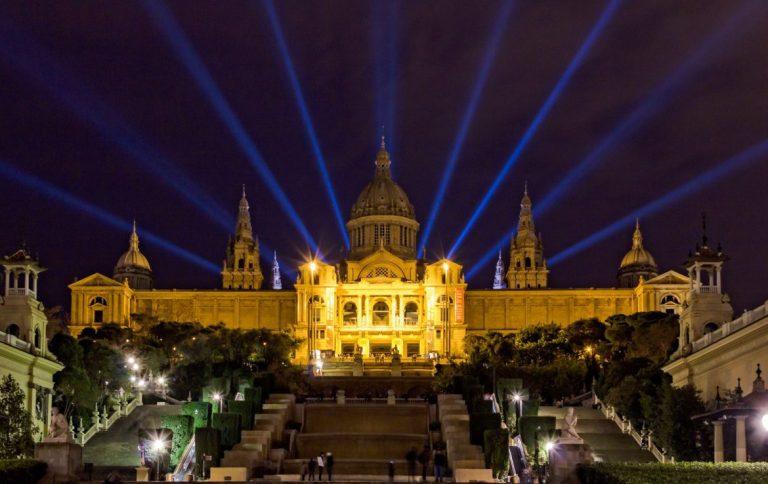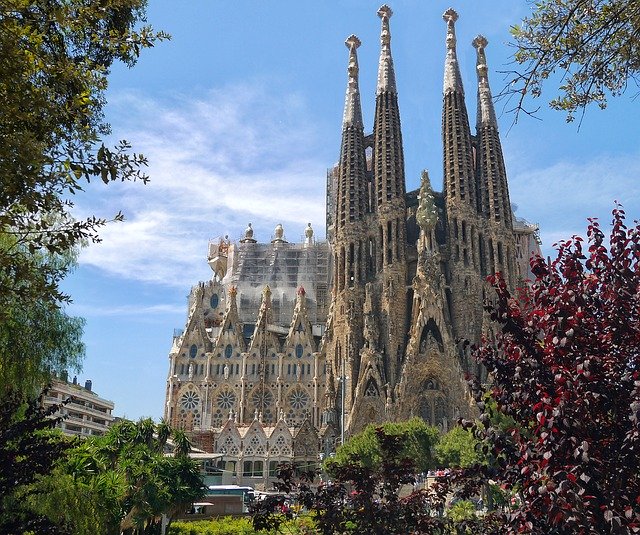Perhaps, you’re hardcore and have just crossed the Pyrenees from France to Spain; you’ve spent days sleeping among the livestock that wander the mountains, listening to their bells clang. You want a little respite from the harsh conditions. Or maybe you’re a budget traveller who has been sleeping on trains, making your way west along the Cote D’azur from Italy to France, and now you’re looking for a nice place to relax for a few days.
Whatever has brought you to the countryside of Europe with your home on your back, Barcelona is a beautiful, lively, historic destination to stop for a few days (or longer) and enjoy all the city has to offer. You’ll find great food, stunning architecture, shopping, art, and a sense of history along with the progressive.
If you want to avoid crowds and the heat of summer–Barcelona’s temperatures are not extreme but the sun can be intense–you’re better off visiting in spring or fall. Between March and May average highs range from 60s to low 70s and between September and November you’ll find average temps from the mid-60s to almost 80. Lows rarely fall below 50.
Things to Do
There’s so much to do in Barcelona, it’s hard to hit all the highpoints, but if you’re looking to make the most of your visit, you’ll want to spend much of your time in the Old Town. This area of the city is the political and geographic center and offers a wide range of history from Barcelona’s earliest visitors, such as the Romans, Visigoths, and Moors, to the more recent Spanish Civil War or the Olympics. Some of the must-dos during your stay are:
Eat
Food is at the heart of Barcelona’s culture, and you will be missing out if you don’t indulge in the local cuisine. If you’re looking for a delicious (and inexpensive) way to sample, wander to the Barri Gotic (the Gothic Quarter) or La Barceloneta where you’ll find a sensory overload of culinary options.
As a port city, Barcelona is renowned for its ultra fresh seafood so you can’t go wrong with Brocheta de Camarones (skewered shrimp), succulent Navalles (razor clams), or the delicious octopus and potato dish known as Pulpa a la Gallega.
Carnivores will love the variety of cured meats, such as Iberico ham, cured tuna, and chorizo. Vegetarians can find favorites as well. One of Barcelona’s most popular dishes is Pa Amb Tomaquet, which is simply toasted bread rubbed with fresh tomatoes and spiced with olive oil and salt.
You will find Moorish influences in olives and couscous, popularly known favorites like paella, and, of course, the wines. You must try the wines.
Site See
For a taste of Barcelona’s past visit the Gothic Cathedral in the center of the Barri Gotic. There you’ll be able to wander the 14th and 15th century cloisters and to explore Saint Eulalia’s crypt. Be sure to make your way to the roof where you’ll find outstanding views of the city.
One of the city’s most prominent (and whimsical) figures is the architect Antoni Gaudi. For a truly unusual cathedral experience, it is worth visiting the Sagrada Familia, the church he did not complete in his lifetime, but that continues to be completed in his honor. The Parc Guell offers his fascination with mosaic tiling in the form of brightly colored winding walls, giant lizards, and elegant staircases.
Or for a feel of the new and the old, make your way to Montjuic Hill where you can take a cable car up to one of the most stunning views of the city you’ll find. Plan your day to take in the 18th-century fortress, the Castell de Montjuic, and to visit the gardens, a Spanish village, and the various olympic stadiums.
Walk
You can stay local and walk La Rambla, which is popular among tourists, and offers shopping, dining, and bars. It’s also great for people watching. Or for a more solemn experience, try the literary district known as the Raval. Here, you’ll find trendy shops, businesses, dining, and nightlife.
If you’re feeling that itch to get back out into the wild, it’s well worth taking a visit to nearby Mont Serrat, with its stone landscapes and knife-edge cliffs. While there, be sure to visit the famous Shrine of the Black Madonna. Mont Serrat is a one-hour train ride from the city and is worth the investment of roughly 20 euros roundtrip.
Places to Stay
For the budget traveller, Barcelona offers numerous options. Backpackers often opt to stay centrally in one of the many affordable and vivacious hostels. If you’re into nightlife, this is certainly a good option. The Kabul Party Hostel, just off Las Ramblas, for example, advertises its “buzzing atmosphere and lively parties.” For the foodie, the Mediterranean Youth Hostel might be a good choice as it advertises “Learn[ing] to make the perfect paella from our chefs, and fill[ing] up at our nightly Med-themed dinners.” There are so many highly rated options that you may want to explore your preferences at Hostel World.
For those looking for something quieter or who prefer to camp, there are a couple of camping locations within reach of the hub of the city (this has to do with proximity to transportation more than location). Camping Tres Estrellas is located in Gavá, about 12km from Barcelona It offers numerous buses, including a night bus, that run from Castelldefels to Barcelona. The bus station is a 5-10 minute walk from the campsite. The other option is Masnou, a small town 15 km north of Barcelona. The train station is a 5 minute walk from the campsite, with trains departing for Barcelona every ten minutes.
Things to Take
Besides basic backpacking gear, depending on the type of travelling you’re doing (pack, tent, sleeping bag and pad, etc.), you’ll want mostly lightweight clothing for Barcelona. For the fair-skinned, it’s worth taking a long-sleeve shirt and long pants as getting sunburned is easy to do. Barcelona also offers beautiful beaches so be sure you have a swimsuit with you.
Other important items include toiletries (be sure to have sunblock), Ziploc and plastic bags for keeping items dry and for storing wet clothing, a first aid kit, a water purifying straw, and a universal charger/adapter. While most locals involved in the tourist trade speak English, it is also worth bringing a Spanish phrase book in case you don’t have connectivity.
By Megan Glenn








